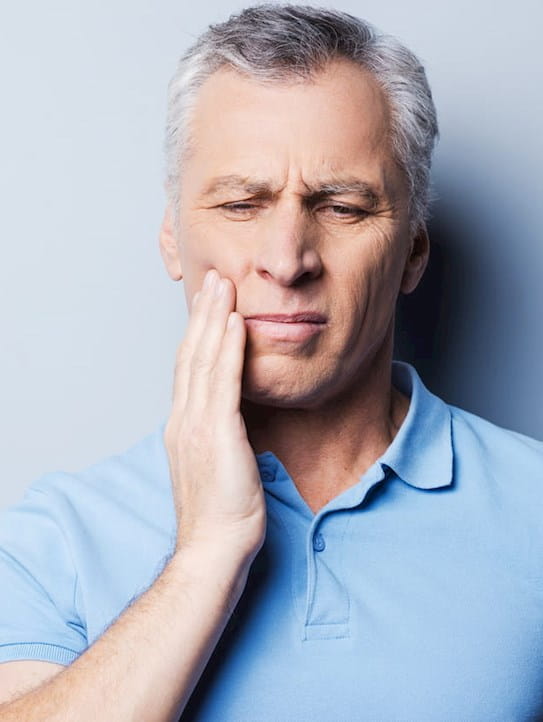BACKGROUND
Mr A has arranged to have composite edge bonding to the incisal edges of his four upper incisors to repair some minor chips and even out his smile. His dentist, Dr J, uses an acid etch technique to prepare the teeth before a bonding agent is applied prior to the placement of the composite, together with adjustment and polishing.
The procedure appears to be uneventful and the patient leaves the surgery pleased with the outcome.
However, the next day Mr A calls the practice to say he has developed a small but painful lesion of some kind on his cheek and asks if something related to the dental treatment could have caused it.
Dr J telephones the patient and apologises. She explains that it is possible a small drop of acid etch may have splashed onto Mr A’s face and caused a burn. Dr J offers detailed advice on treating the wound and reassures him it is likely to heal without the need for further treatment. Mr A confirms that he has rinsed the wound extensively with clean water and applied a dressing. Dr J asks Mr A to take some colour photographs of the lesion without the dressing.
The dentist invites Mr A back into the practice for a review a few days later and is pleased to see the wound is healing well. Dr J reviews the photographs taken by the patient and takes up-to-date images of the healing area. Dr J also reviews the restoration work on Mr A’s teeth and books a further follow-up appointment for Mr A as a precaution.
OUTCOME/ANALYSIS
Dr J contacts MDDUS for advice on handling the complaint, asking if there is anything else she should consider doing to support the patient. A dental adviser (DLA) reassures Dr J that she has responded well.
MDDUS would always encourage dentists facing a complaint to engage promptly with the patient, acknowledge their concerns and offer an appropriate apology for any harm or upset they may have experienced. Where appropriate, the dentist should seek to reassure the patient that steps have been taken to ensure the issue will not happen again.
One further step the DLA suggests is for Dr J to consider carrying out an anonymised significant event analysis, which can be recorded in the practice incident file and not in the clinical records. There are a number of templates available online but essentially what is required is a report on:
- what happened
- why did it happen
- what were the associated factors
- how was it resolved
- what learning points may be gained from it.
Dr J is advised to also consider sharing her analysis and learning points with clinical colleagues.
Key points
- Complaints can often be resolved or even avoided by engaging promptly with the patient, acknowledging their concerns and explaining why things went wrong.
- Where appropriate, an apology demonstrating sincere regret can help to prevent a complaint from escalating.
- Read MDDUS advice on complaints handling.
- Consider carrying out a significant event analysis to learn from the incident. Read more in this MDDUS advice article.
This page was correct at the time of publication. Any guidance is intended as general guidance for members only. If you are a member and need specific advice relating to your own circumstances, please contact one of our advisers.
Read more from this issue of Insight Dental

Save this article
Save this article to a list of favourite articles which members can access in their account.
Save to library
